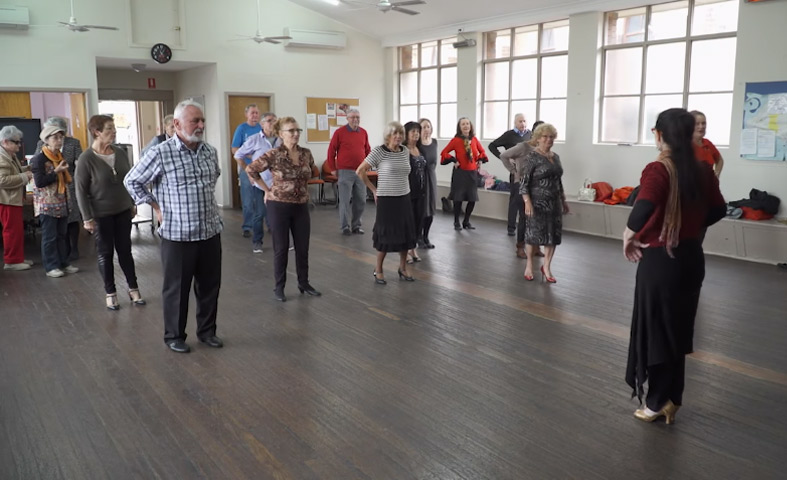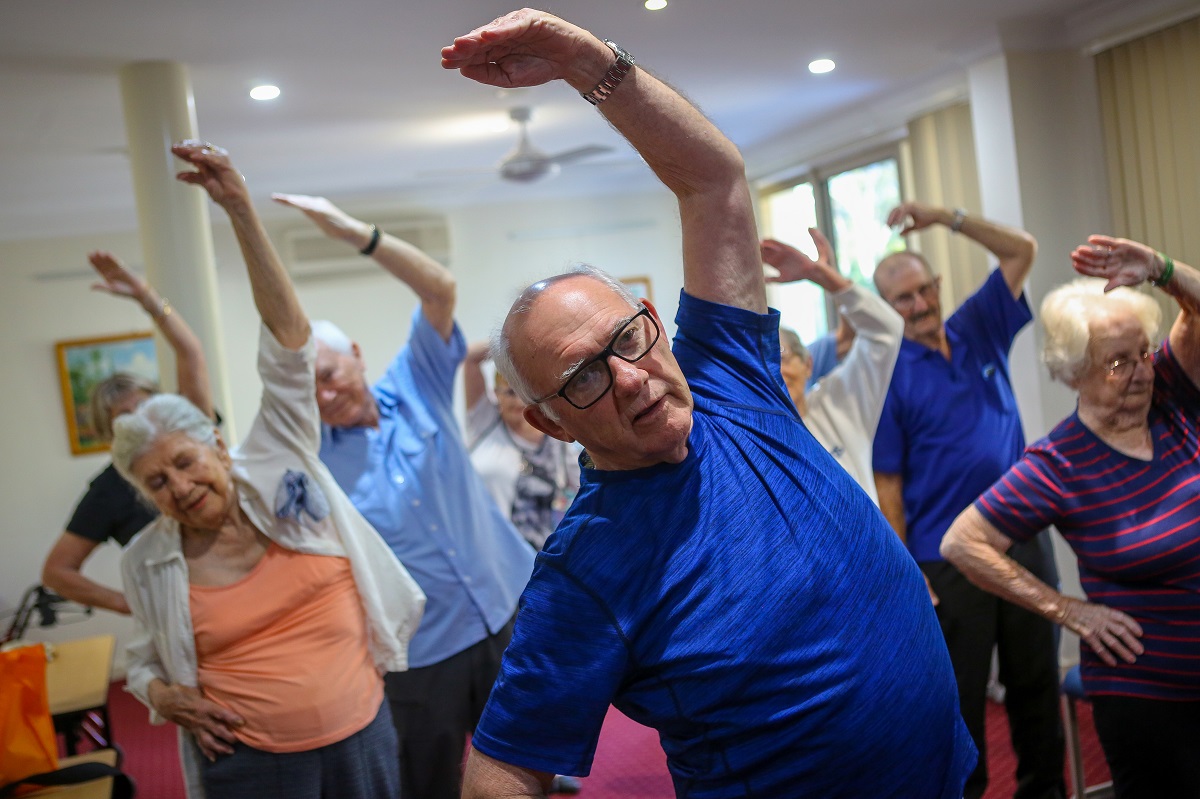What is osteoporosis?
Learn more about osteoporosis, its symptoms and what you can do about it.

Osteoporosis is a common disease that affects more than one million Australians. The disease causes bones to become fragile, leading to a higher risk of fractures and breaks.
According to the Australian Institute of Health and Welfare, osteoporosis, meaning ‘porous bones’, occurs when bones lose minerals such as calcium more quickly than the body can replace them and this results in a loss of bone density. As a result, even a minor bump or accident can cause a fracture or broken bone.
Osteoporosis affects both women and men, and is most common in adults over the age of 50. Women are at a greater risk of developing the disease because of the rapid decline in oestrogen levels during menopause. When oestrogen levels decrease, bones lose calcium and other minerals at a much faster rate. While men also lose bone as they age, testosterone levels decline at a more gradual rate, so their bone mass remains adequate until later in life.

What are the symptoms of osteoporosis?
The most common symptoms of osteoporosis include:
- breaking or fracturing a bone because of a mild injury, such a minor bump or falling over
- gradual height loss and stooped posture
- back pain
- tiny cracks in your bones, known as stress fractures, that can feel like joint or muscle pain.
What causes osteoporosis?
According to Healthy Bones Australia, osteoporosis is caused by a decrease in bone density, which makes your bones more fragile and easily broken. While everyone’s bones become weaker as they age, some people experience a more rapid decline in bone health than others.
There are several risk factors that can contribute to an osteoporosis diagnosis. Some of these risk factors can be reduced through lifestyle changes, while some, such as your age, cannot be changed.
Risk factors out of your control:
- being over 70 years of age
- being female
- having experienced a fall in the past
- your parents having had hip fractures
- early menopause.
Risk factors within your control:
- not being physically active
- smoking
- high alcohol intake
- not eating enough energy-rich foods or protein
- low muscle mass and strength
- low body weight
If you suffer from certain diseases, you’re also more likely to develop osteoporosis. These include:
- diseases that cause bone loss, such as rheumatoid arthritis
- hypogonadism or early menopause
- chronic liver or kidney disease
- coeliac disease and inflammatory bowel disease
- cushing’s syndrome
You can learn more about how your risk factors affect your chance of developing osteoporosis by using the ‘Know your bones self-assessment tool’ which was developed by Health Bones Australia and the Garvan Institute of Medical Research. The online self-assessment tool only takes between 5-10 minutes to complete, and your results can be discussed with your GP or health professional.
How is it diagnosed?
Osteoporosis is diagnosed with a bone density scan, which usually requires a referral from GP or health professional. It’s a simple test that measures the density of your bones at the hip and spine. You simply lay down on a padded table and the arm of the machine passes over your body. It takes about 10-15 minutes in total and the results are sent to your GP or health professional.
The scan will ultimately help determine if any action is needed to protect your bone health. If your bone health is normal, then maintaining adequate calcium, vitamin D and exercise remains important. If the result shows you have osteopenia (low bone density) or osteoporosis, it is essential that action is taken to protect your bones.
How is it treated?
At present, there is no cure for osteoporosis. However, the symptoms of the disease can be managed with a comprehensive treatment plan that may include medication and lifestyle changes. The aim of a treatment plan is to strengthen your bones so that they are less likely to break, and to prevent falls that could damage your bones.
Can it be prevented?
While there is no silver bullet when it comes to preventing osteoporosis, there are some things you can to do reduce your risk of developing the disease. These can include:
- reducing your alcohol intake – drinking no more than two standard drinks a day or less
- quitting smoking – which will also help decrease your risk of developing lung cancer
- bone strengthening exercises – like brisk walking and strength training
- balance training – to help improve your stability if you’re at risk of falling
- maintaining a healthy weight – this can include losing or gaining weight depending on your BMI.
If you feel concerned that you are experiencing, or at risk of developing, osteoporosis, it’s always best to consult your GP or health professional for a comprehensive assessment. By treating osteoporosis early, you have the best chance of preserving your bone health and avoiding broken bones as you get older.
Did you know?
- Over 1 million Australians have osteoporosis.
- In those aged 50 years and over, 66% have osteoporosis.
- Osteoporosis results in more than 173,000 bone fractures and breaks in Australia each year.
- Five times more women aged 50 years and over reported having osteoporosis compared to men.
- The most common trauma fracture sites are the hip (31%), forearm (15%), lumbar spine and pelvis (12%).
- There are 206 bones in the body – the smallest bone is in our ear, and the largest is in our leg.

Keep healthy and active with IRT
At IRT, we’ve been helping older Australians live their best lives for more than 50 years. We offer retirement living, residential aged care and home care services in various locations across NSW, ACT and Qld. We believe it's our values as a community-owned provider that help us to be the best at what we do.
Find out moreYou may also like
Salsa for Seniors
Do you enjoy a little boogie on the dance floor from time-to-time? Salsa for Seniors could be just for you!
Exercising and osteoarthritis: everything you need to know
Regular exercise is an important way to help manage osteoarthritis and to keep yourself fit.

